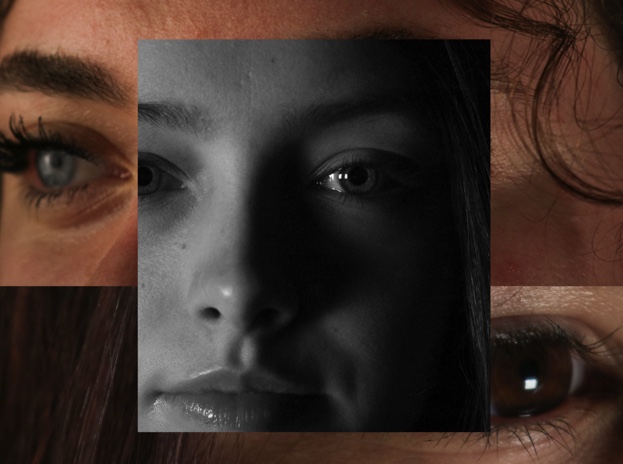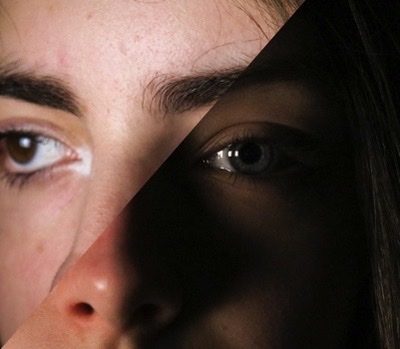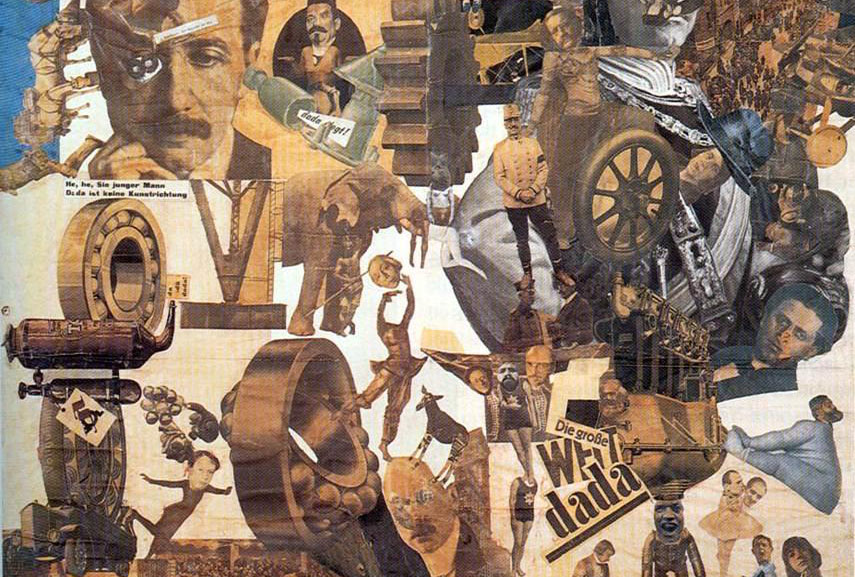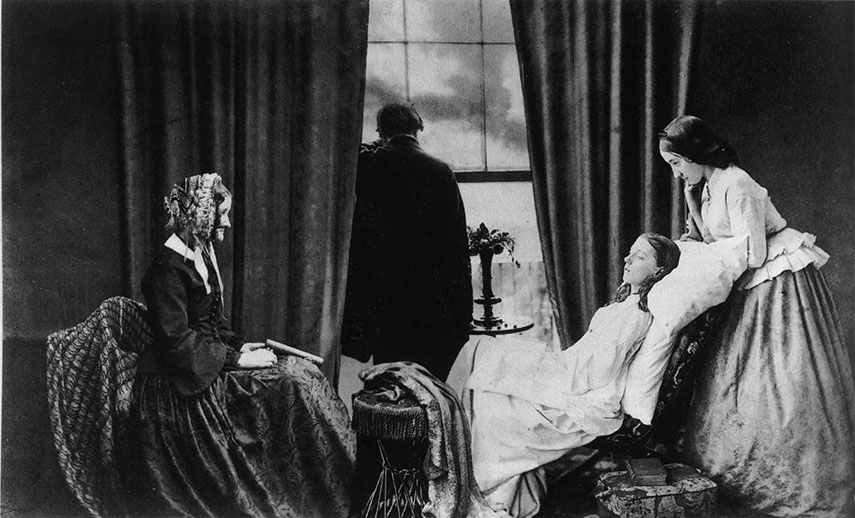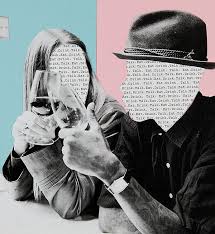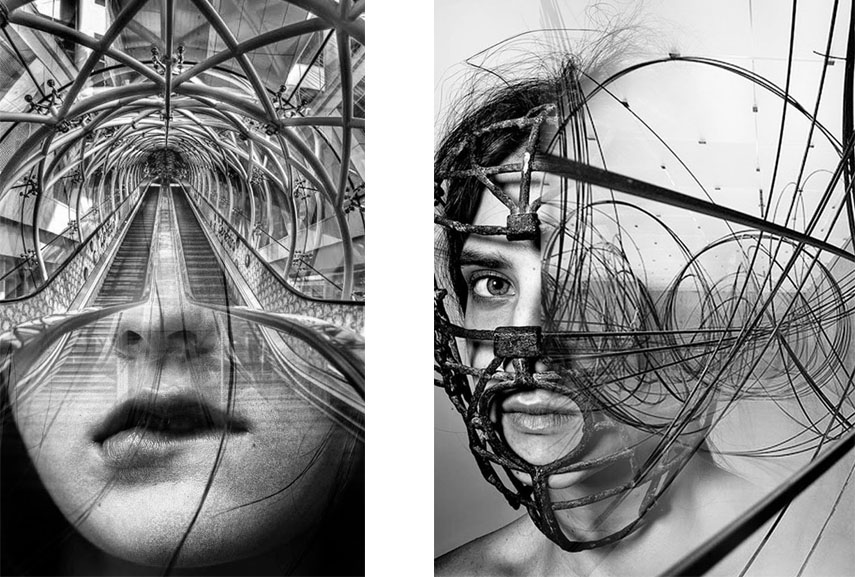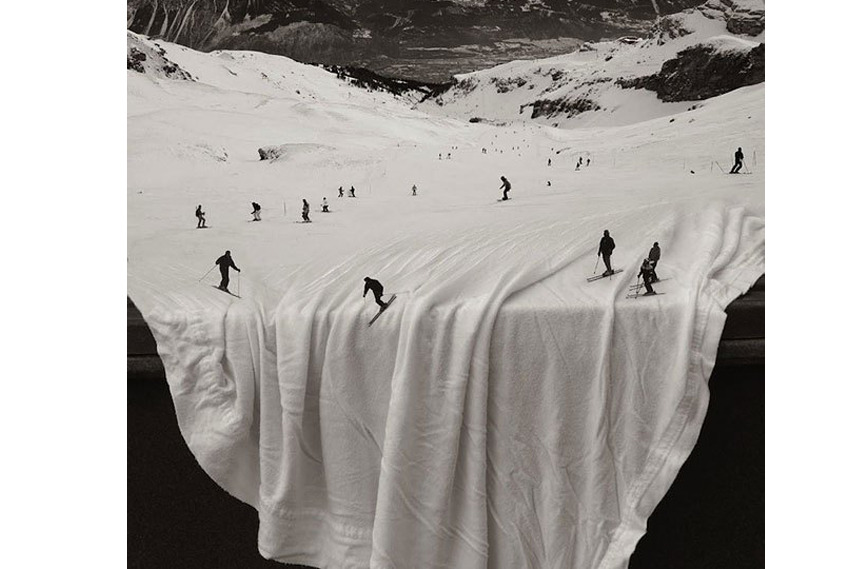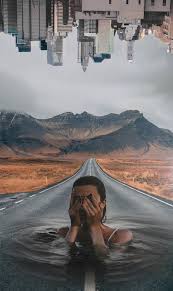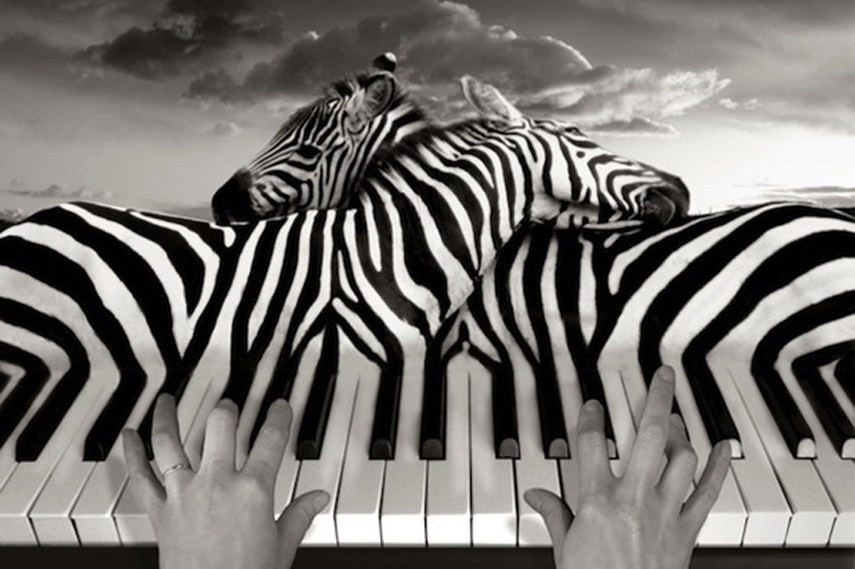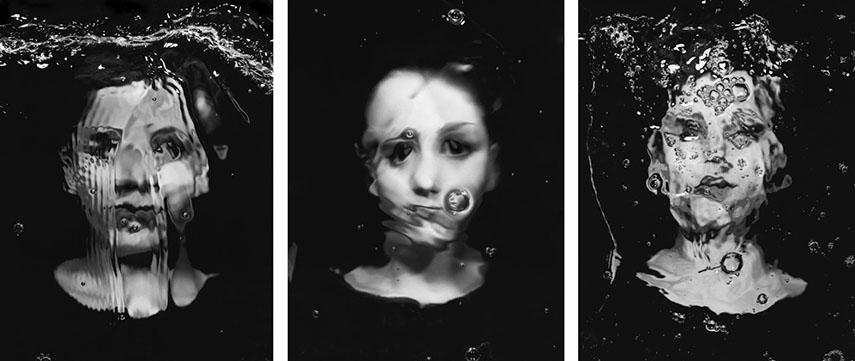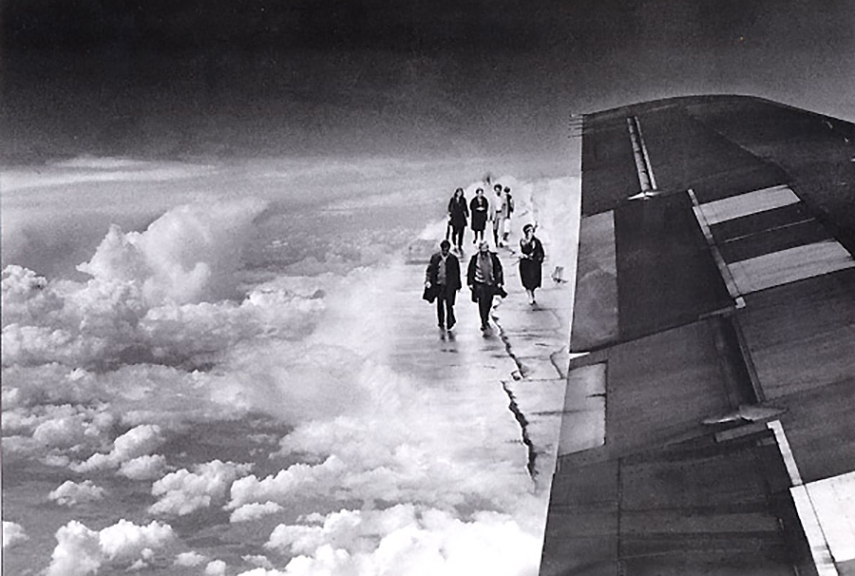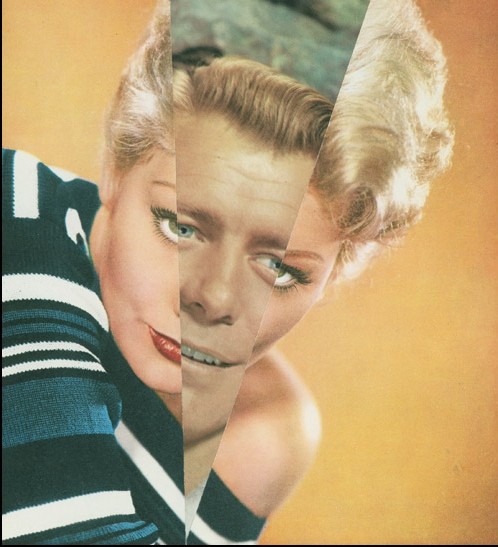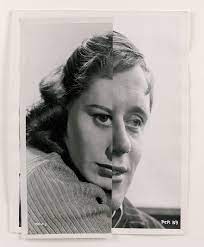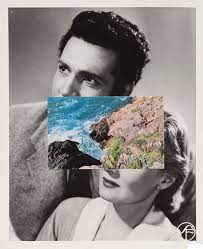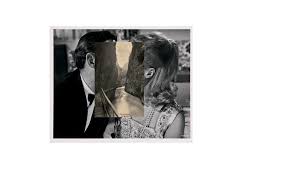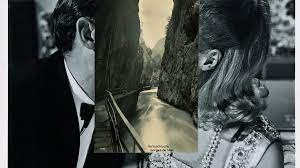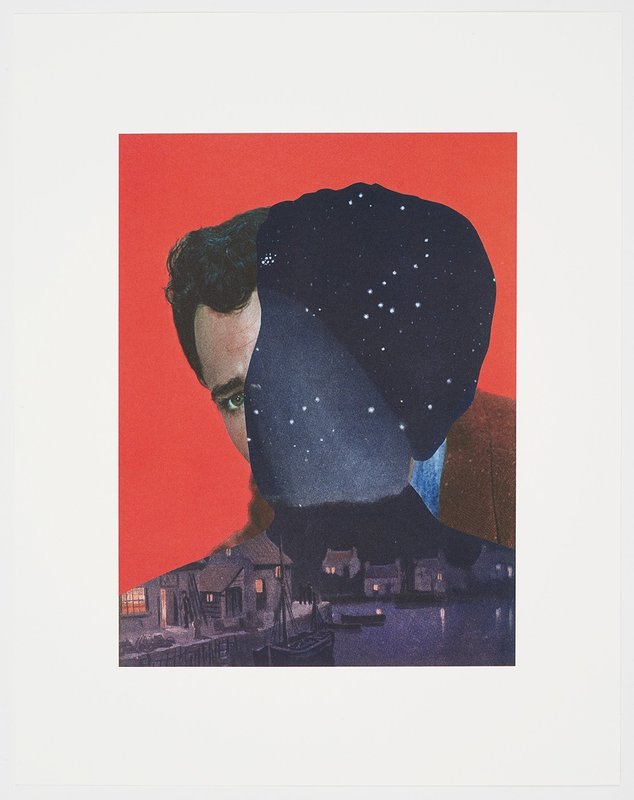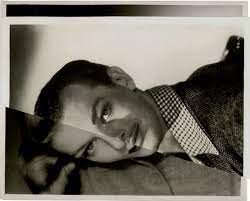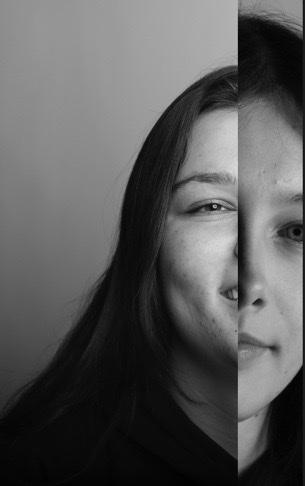The photomontage is the process and the result of making a composite photograph by cutting, gluing, rearranging, and overlapping two or more photographs into a new image. Sometimes the resulting composite image is photographed so that the final image may appear as a seamless physical print.

The photomontage is an artistic practice that has endured almost since the birth of photography itself. At its most basic level, the Mphotomontage is a single image combined of two or more original and/or existing images. … A “new” image might also be created by altering an original photograph through tearing and cutting.
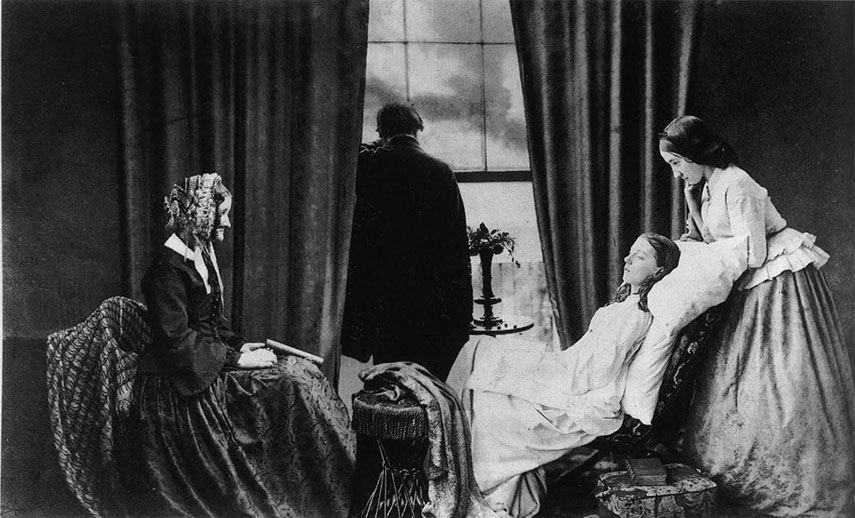
It was first used as a technique by the dadaists in 1915 in their protests against the First World War. It was later adopted by the surrealists who exploited the possibilities photomontage offered by using free association to bring together widely disparate images, to reflect the workings of the unconscious mind.
In 1923 the Russian constructivist Aleksander Rodchenko began experimenting with photomontage as a way of creating striking socially engaged imagery concerned with the placement and movement of objects in space. Other key artists of this process are John Heartfield, the German artist who reconstructed images from the media to protest against Germany’s Fascist regime, and Peter Kennard, whose photomontages explored issues such as economic inequality, police brutality, and the nuclear race between the 1970s and the 1990s.
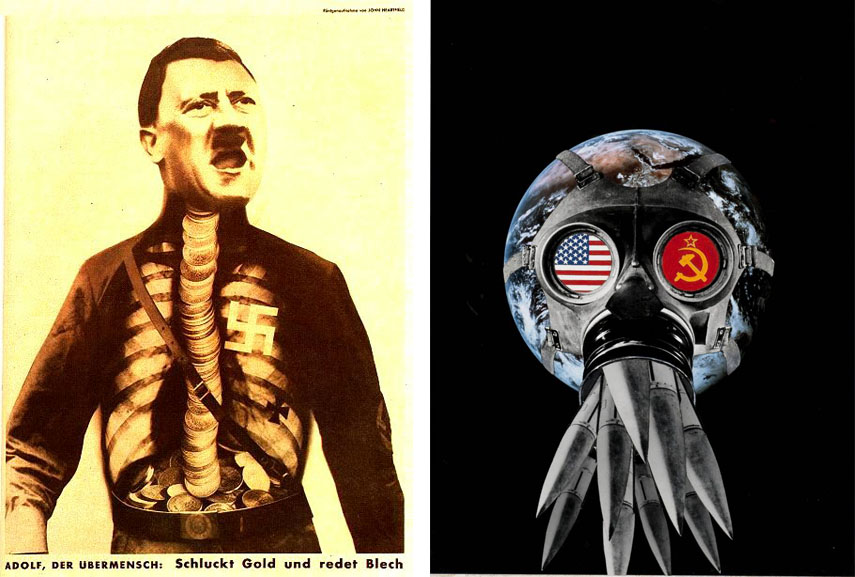
John Stezaker
John Stezaker’s work re-examines the various relationships to the photographic image: as documentation of truth, purveyor of memory, and symbol of modern culture. In his collages, Stezaker appropriates images found in books, magazines, and postcards and uses them as ‘readymades’. Through his elegant juxtapositions, Stezaker adopts the content and contexts of the original images to convey his own witty and poignant meanings.
In his Marriage series, Stezaker focuses on the concept of portraiture, both as art historical genre and public identity. Using publicity shots of classic film stars, Stezaker splices and overlaps famous faces, creating hybrid ‘icons’ that dissociate the familiar to create sensations of the uncanny. Coupling male and female identity into unified characters, Stezaker points to a disjointed harmony, where the irreconciliation of difference both complements and detracts from the whole. In his correlated images, personalities (and our idealizations of them) become ancillary and empty, rendered abject through their magnified flaws and struggle for visual dominance.
In using stylistic images from Hollywood’s golden era, Stezaker both temporally and conceptually engages with his interest in Surrealism. Placed in a contemporary context, his portraits retain their aura of glamour, whilst simultaneously operating as exotic ‘artifacts’ of an obsolete culture. Similar to the photos of ‘primitivism’ published in George Bataille’s Documents, Stezaker’s portraits celebrate the grotesque, rendering the romance with modernism equally compelling and perverse.
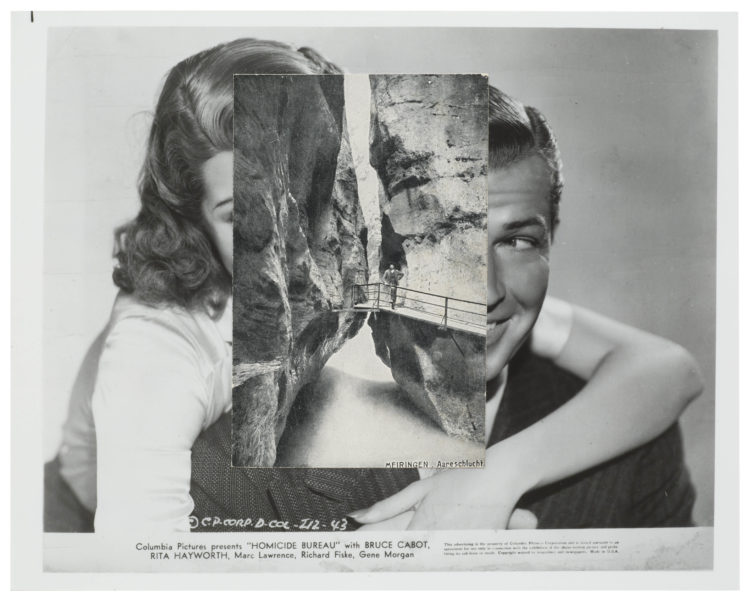
This is part of John Stezaker’s “marriage” series. which took famous pictures of celebrities at the time, and added juxtaposing images on top. This image is black white, with quite low contrast. The placing of the second image in the middle of the first creates a natural focal point. This also adds balance to composition, utilizing the rule of thirds. There is a slightly darker area to the right, on the male subject’s clothing. This creates soft contrast between the lighter tones of the woman’s clothing and these darker tones.
My Experiments
